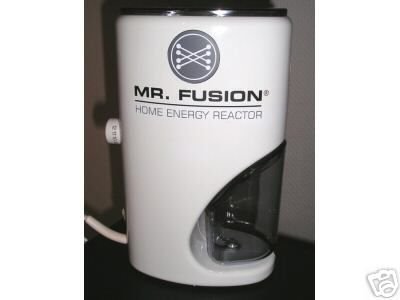It isn't the moderate climate as much a the days of sunshine (which he has in abundance

).
I was thinking of the minimal heating and cooling that Nords requires. In the Arizonan summer of 120-deg high, every other use of electricity is incidental. The moderate climate and the abundance of water should also be inducive to farming. I would do quite a bit of gardening if I were in Hawaii, and had some land.
Talk about living off the land, I have a 2nd home in the AZ high country. When I first bought it, which came with 1.5 acre (and a 2-horse privilege which I do not care about), I thought of having an orchard. We planted an apple and a cherry tree 3 years ago. We quickly found out why no one grew any fruit tree there. The weather change is so abrupt it can change from a balmy 70-deg high to a low of 20 deg in two days, then back to 70 deg. The leaves of my cherry tree did not get a chance to turn and drop off. They were frozen on the branches!!!
I also kidded with my neighbor, a weekender who is still working in the metropolitan desert, about living off the land. Being a good fisherman, he would supply the protein (trout), while I supply the green.
As it turned out, he would have a much better job getting his trouts from the nearby lakes, which are stoked with fishery-hatched trouts raised by the rangers. My goodness, these trouts almost eat out of your hand!
So, we would not be living off the land at all, you see, but off the generosity of the tax payers. Now, how do I get them to subsidize the huge heated greenhouse that I have in mind?


 .
.